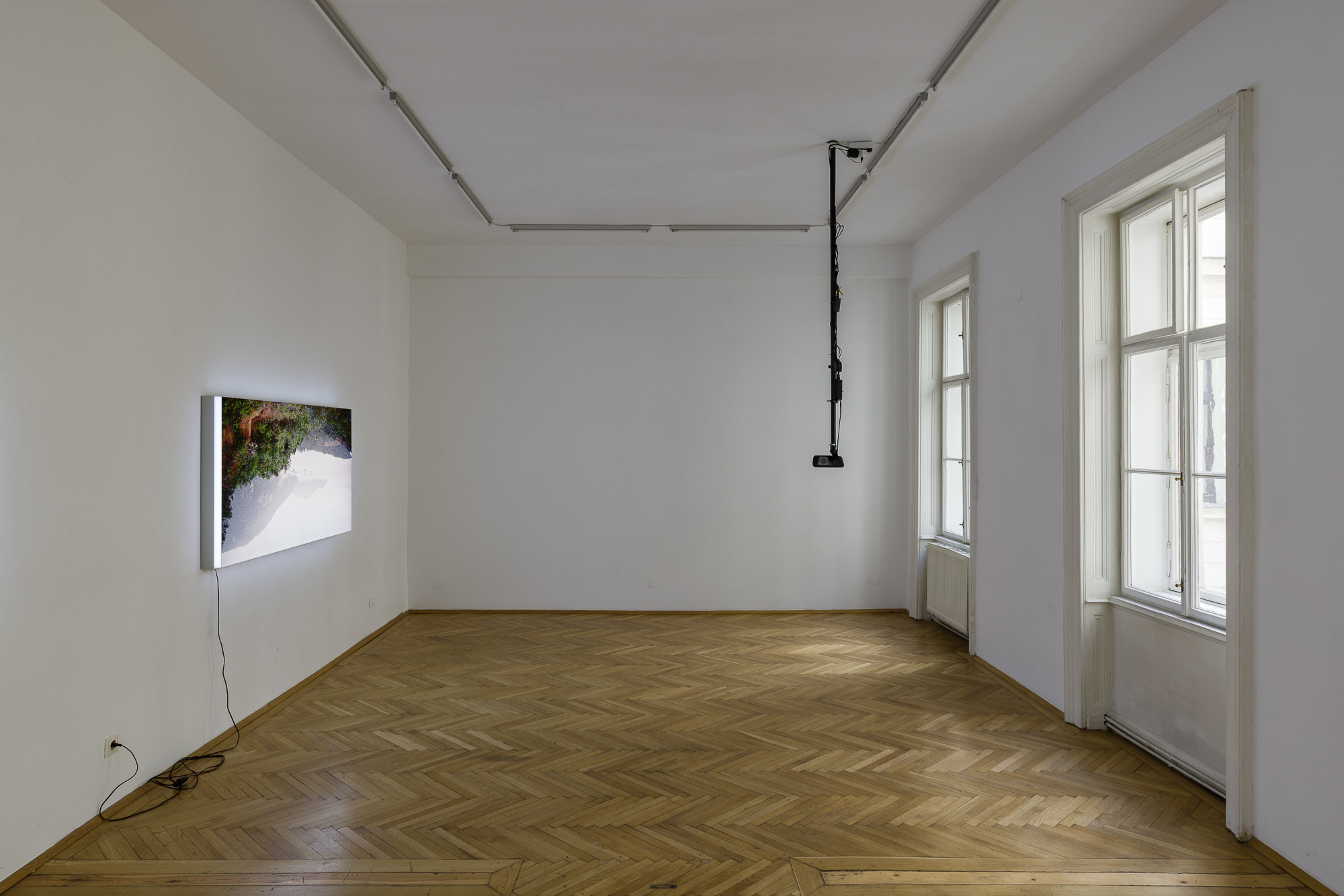
Minor Landscapes. April 9–June 25, 2022. FELIX GAUDLITZ, Vienna, Austria .

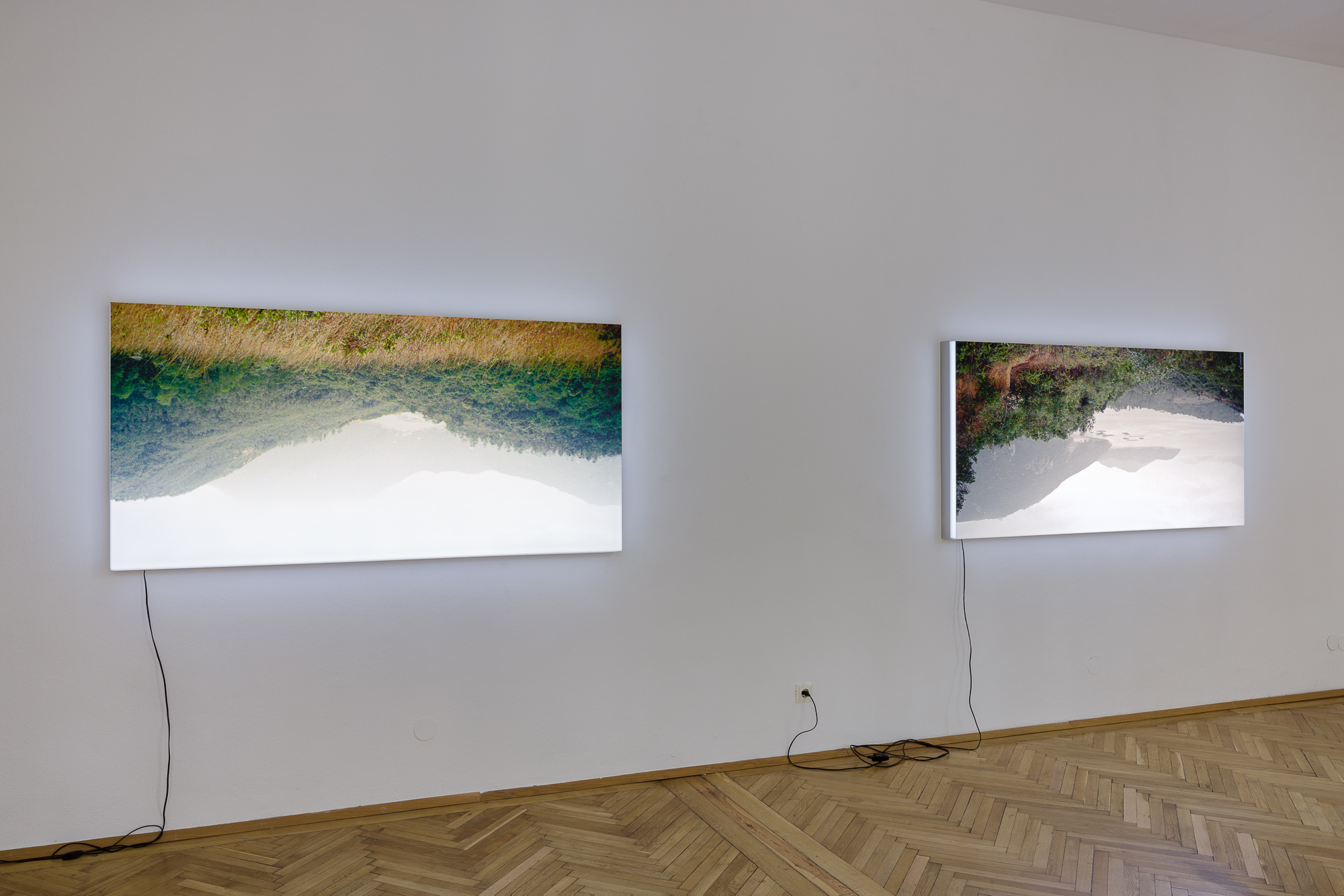
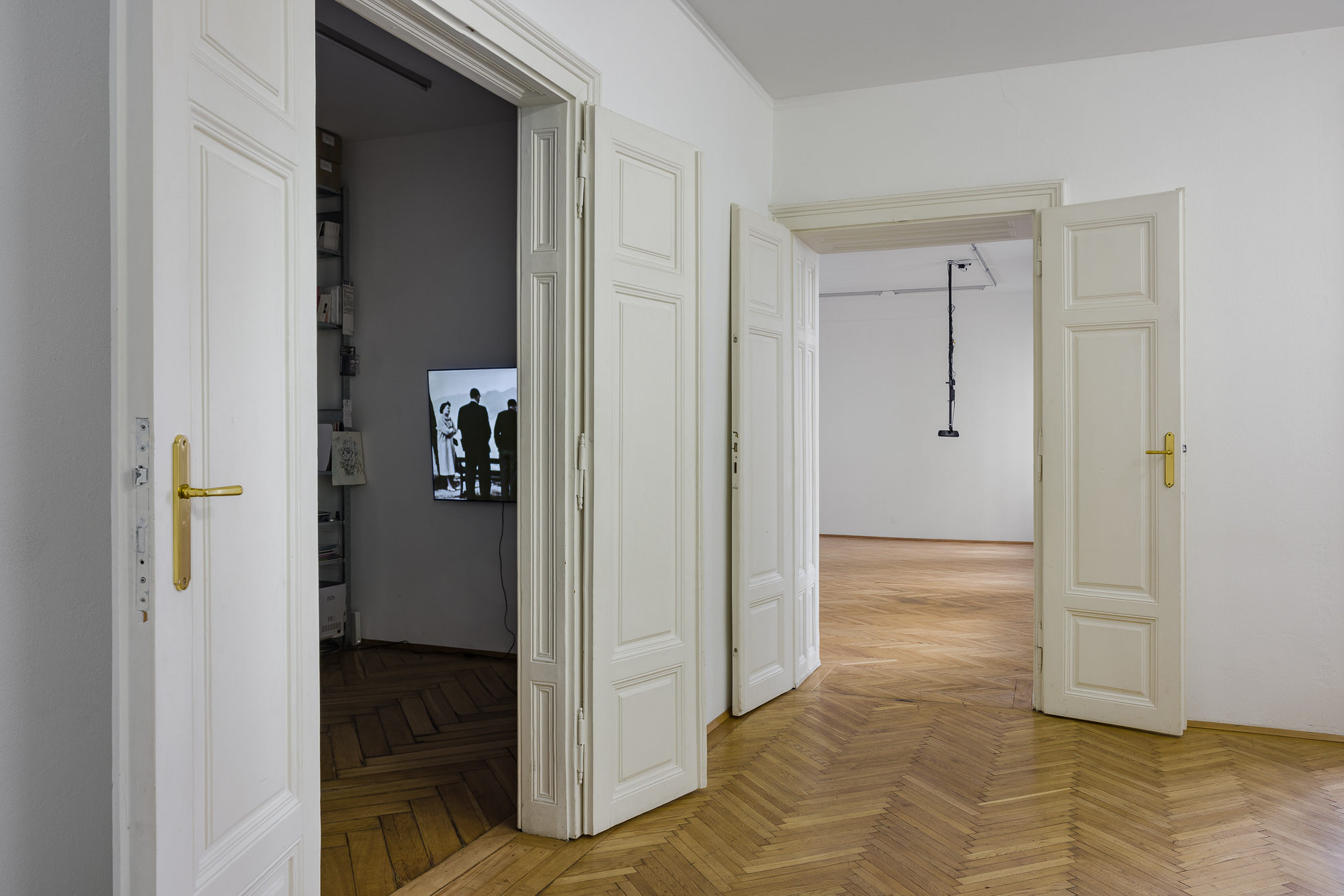
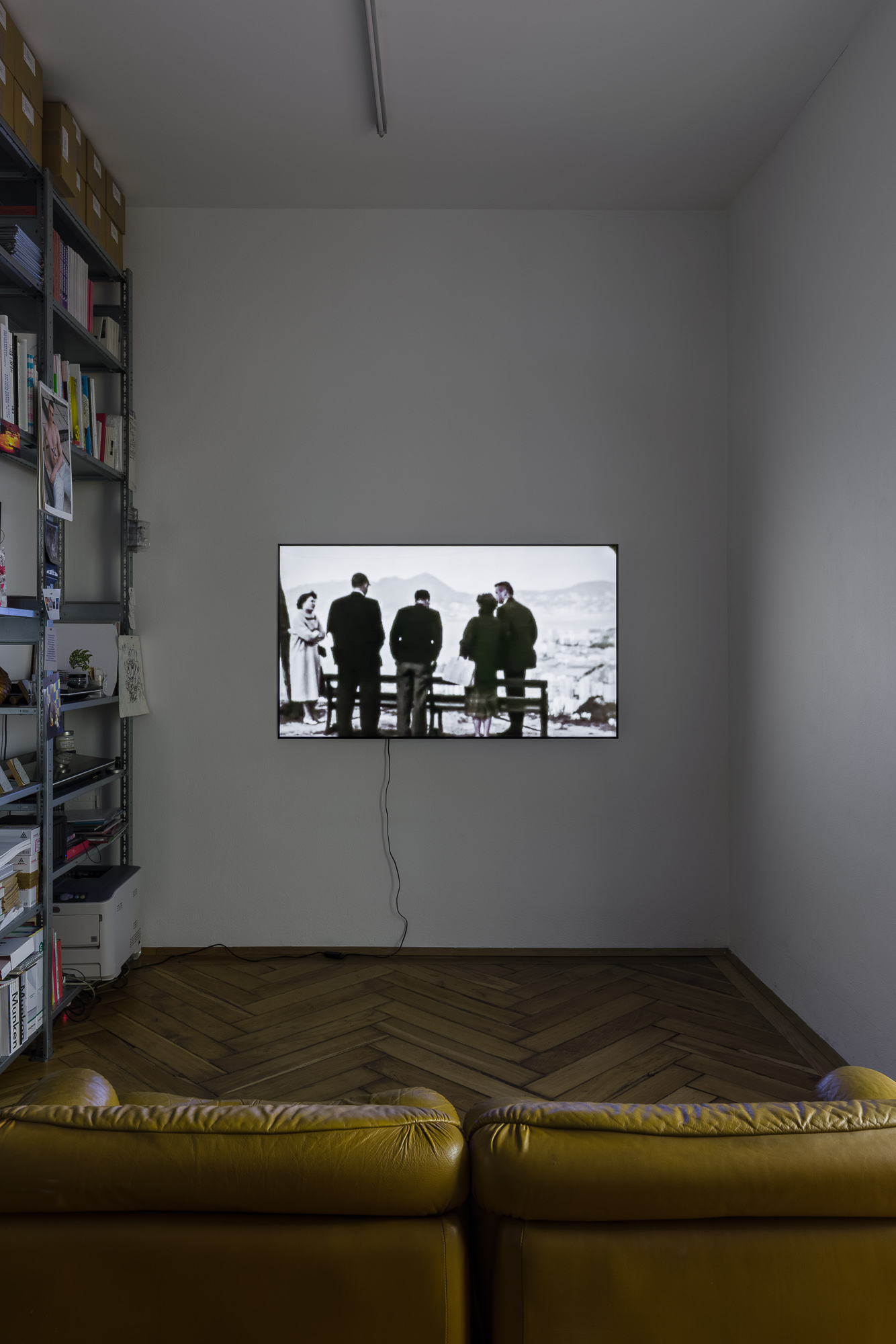
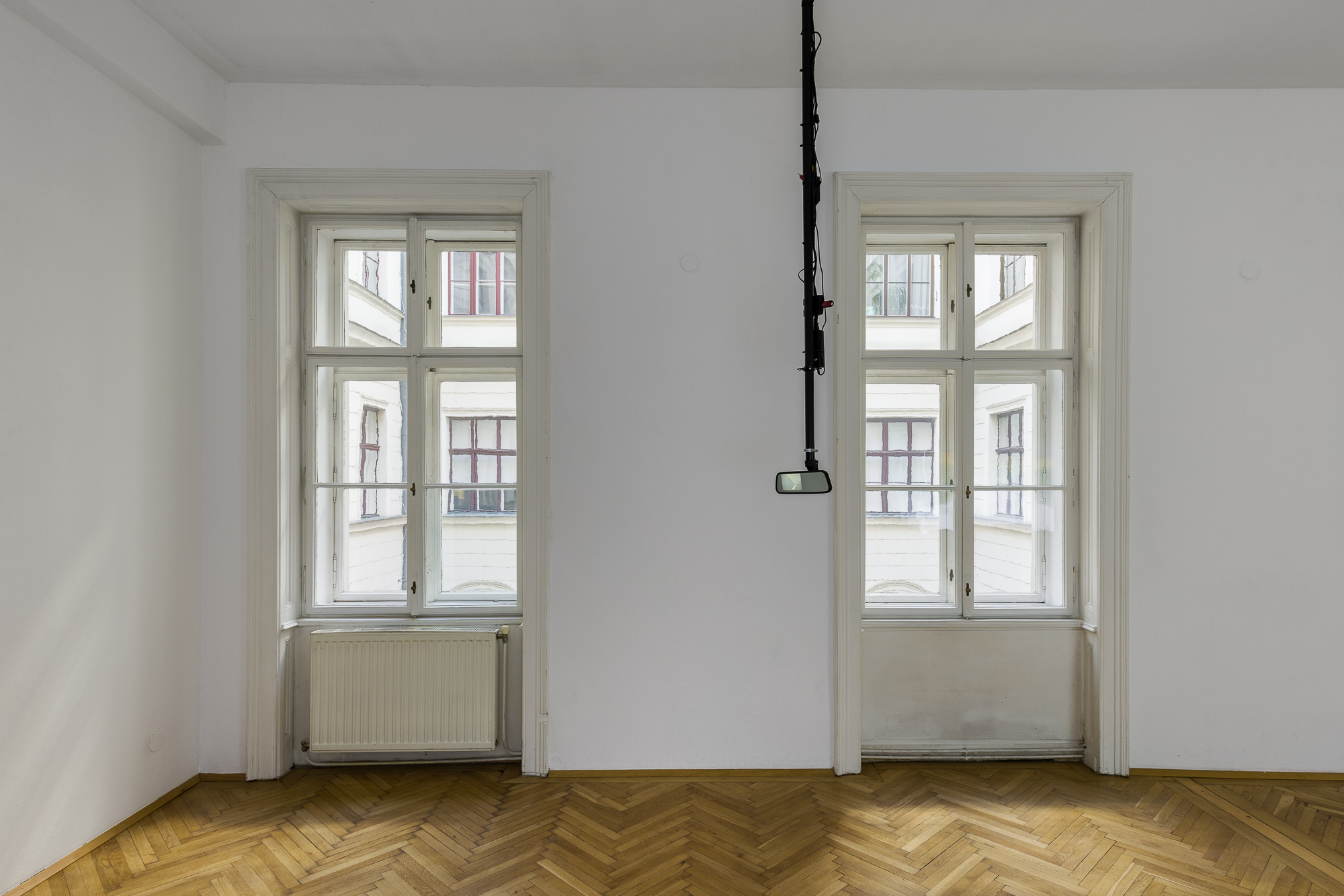
Tiffany Sia’s solo exhibition at FELIX GAUDLITZ features works that interrogate the haptics of screen and print in the ordinary and extraordinary appearances of landscape as image. Exploring mediums and hybrid forms across film/video, photography, and readymade sculpture, Sia engages with each form—and its combined iterations—to make alternative paths to encounter the sublime, drawing a sense of disorientation and unease towards the genre.
As the show draws a reflection on “minor landscapes,” Sia implicitly constructs a counter to a national cannon of “major landscapes” that are multiple. Both idiosyncratic to Chinese landscape painting (shan shui) and also landscape imagery as it exists transnationally in such examples as European or American landscape art, such images service respective canonical imaginations of the pastoral, often reinforcing national and cultural identity. The show’s use of the word “minor” takes inspiration from Sianne Ngai’s Ugly Feelings, a book that illuminates minor feelings or “unprestigious” ones “over grander passions like anger and fear…. As well as over potentially ennobling or morally beatific states like sympathy, melancholia, and shame.” Instead, what Ngai locates as critical and primary are feelings that are “noncathartic, offering no satisfaction of virtue, however, oblique, nor any therapeutic or purifying release.” These works put forth a notion of the “anti-sublime.” Producing an alternative relation between landscape art, feeling and the viewer, Sia draws attention to how we may learn to see, or unsee, such vistas, attempting to assert a sense of unease, disorientation, and induce a state of feeling vaguely unsettled.
Minor Landscapes #1 and Minor Landscapes #2 are part sculptural and photographic works that show an upside-down landscape image taken in analog 35mm film, printed and shown in a lightbox. These uncanny images are digitally printed and mounted on an acrylic lightbox housed in a metal frame, which allows light to leak from the side to create a halo around its edges. A display system mirroring decor found in Chinese-American restaurants across the United States, the work plays with fantasies of landscape and the sublime circulated in commonplace settings meant to invoke culture or place. The ubiquity of these images in the style they are shown belie the dense narratives and histories implied, and Sia’s use of a ready-made-form attempts to undo the loaded genre of its ordinariness. Taken in the outer islands of Hong Kong, these tropic compositions of landscape art are restaged, observing smog and mountains in a setting atypical to where one might find a quintessential “Chinese” landscape. The grain of celluloid stretched against pixels creates a slight distortion and imperfection of these images that make up their texture.
“We look at the present through a rear-view mirror. We march backwards into the future.” Marshall McLuhan once observed, “People never want to live in the present. People live in the rearview mirror because it’s safer… they’ve been there before, they feel comfortable.” A rearview mirror, suspended in space from the ceiling, is angled and adjacent to the lightbox works. Facing a window onto a courtyard of the gallery, the work features a videostream component inside the mirror, typically used as a back-up cam in a car. Sia programmed the rearview mirror to play a recorded live-stream video by the Taiwanese Taoyuan tourism bureau, which screens a constant 24-7 live-broadcast of a mountain vista and sweeps periodically to a popular scenic destination, the Xiao Wulai Waterfall. While the particles that make up a waterfall are ever-changing, its shape and image is constant. As it swells in the summer months, or slows between periods of rain. Baudrillard describes the vistas around waterfalls, such as Iguazu in Argentina, as “catwalks leading” to the waterfall “like cinematic arms,” or “optical tentacles approaching the liquid chaos.” Viewing the waterfall requires ascending or descending around its natural features, mirrored by the poetic gesture of the live-stream as the robotic camera’s gaze moves sporadically from waterfall to mountain. Oriented towards the gallery window, the viewer may observe a glint of reflection from the mirror as they do the changing light from outside.
Playing in loop in saxpublishers is Sia’s new short film, What Rules The Invisible (2022) that upturns archival travelog footage shot in Hong Kong. Spanning reappropriated amateur footage across the 20th century, the sojourner’s gaze—distanced, distorted and even voyeuristic—shows tropes and patterns. The same shots repeat across decades, from landscape to cityscape to street scenes. Sometimes the footage reveals more about the traveler himself, such as a sequence where the camera curiously tracks the hips and bare legs of women wearing cheongsam crossing a busy intersection. Sia’s essay film studies these travelogs to find indignant subjects glaring back at the camera, or figures on the edges of the frame who appear pixelated and phantasmic, showing the patina of the footage’s circulation. Meanwhile, intertitles intermittently punctuate this footage with an oral history of Hong Kong, as told by Sia’s mother who describes colonial police, excrement, and hauntings in Kowloon of the postwar era. The viewer is left to imagine these scenes there are no images for.
Hopinka, Sky. Sia, Tiffany. Wolukau-Wanambwa. Any Knowledge We Produce Can Be Used Against Us. Art in America, May 17, 2022.